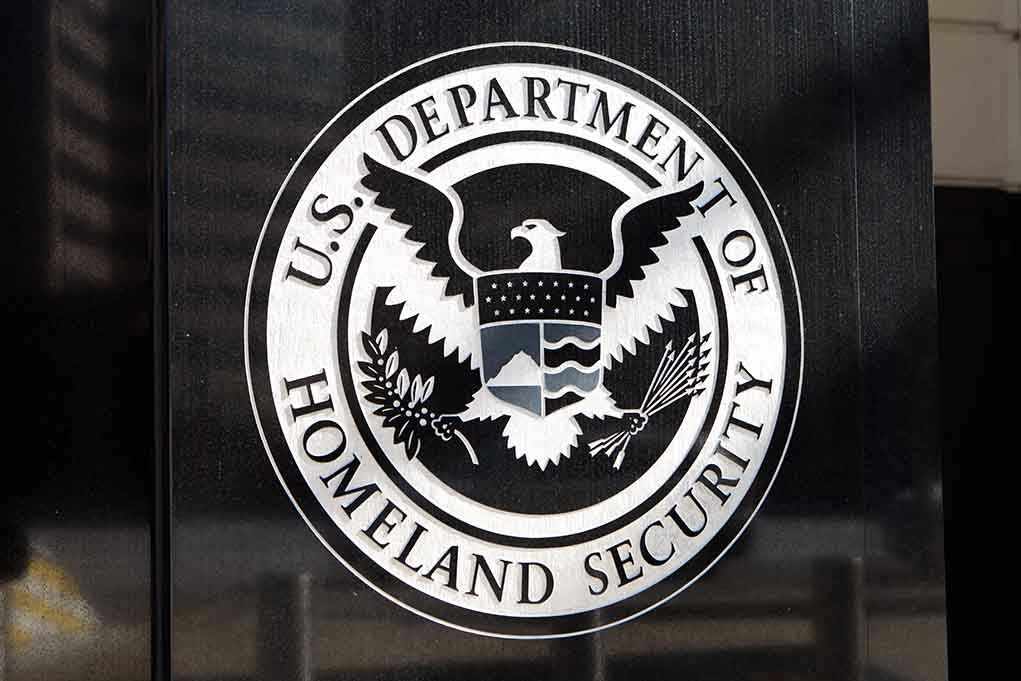
President Trump’s DHS has triggered a seismic shift in immigration enforcement, partnering with over 900 police departments nationwide and offering full financial incentives to ramp up the arrest and removal of criminal illegal aliens.
Story Highlights
- DHS has secured 958 deals with local police to assist ICE in arresting and deporting criminal illegal aliens, marking a 609% increase in partnerships since Trump took office.
- Participating agencies receive full reimbursement for officer salaries, benefits, overtime, and performance bonuses for locating and apprehending undocumented immigrants.
- The program covers 40 states, with over 8,500 officers trained and thousands more in training, beginning full-scale October 1, 2025.
- Supporters see this as a win for public safety and constitutional enforcement, while critics warn of civil rights risks and federal overreach.
Trump’s DHS Expands Local Police Power to Enforce Immigration Law
The Department of Homeland Security, under President Trump and Secretary Kristi Noem, has rapidly expanded its 287(g) partnerships, now encompassing 958 local and state police departments. This dramatic 609% surge fulfills Trump’s campaign promise to prioritize immigration enforcement and clamp down on criminal aliens. Under the new program, local agencies are empowered to assist federal Immigration and Customs Enforcement in locating, arresting, and facilitating the removal of undocumented immigrants, especially those with serious criminal records. By leveraging local law enforcement, DHS claims to close gaps left by stretched federal resources and deliver results that resonate with voters demanding border security and law and order.
To drive participation, DHS is offering unprecedented financial incentives. Agencies receive full reimbursement for officer salaries, benefits, overtime, and even performance-based bonuses for successfully apprehending individuals identified by ICE. This approach directly addresses the cost barriers that previously limited local cooperation and promises significant new resources for police departments. For many local agencies, especially those in states hit hardest by illegal immigration and crime, this funding represents both an operational boost and a political statement. The program has already trained over 8,500 officers, with another 2,000 in training, signaling a long-term commitment to aggressive immigration enforcement and increased federal-local collaboration.
Historical Roots and Policy Context: The 287(g) Program
The legal authority for these partnerships stems from Section 287(g) of the Immigration and Nationality Act, which has allowed federal immigration enforcement to be delegated to local law enforcement since its inception. While the program has always been contentious—supporters tout its public safety benefits, while critics warn of potential racial profiling and eroded trust between police and immigrant communities—the scale and incentive structure under Trump’s administration are unprecedented. The passage of the “One Big Beautiful Bill Act” provided vital funding, enabling this aggressive expansion. ICE’s struggle to meet ambitious deportation targets fueled the urgency behind this rapid growth, and federal law enforcement training centers have prioritized ICE-related training, temporarily halting most other federal law enforcement training to meet demand.
Previous administrations used 287(g) partnerships in a more limited fashion, but none matched the current scope or magnitude of financial rewards. Trump officials argue this is necessary to restore law and order after years of perceived lax enforcement and dangerous sanctuary policies. The administration frames the program as targeting the “worst of the worst”—murderers, gang members, rapists, terrorists, and pedophiles—asserting that only serious criminals are at risk. However, advocacy organizations and some legal scholars warn that the program’s breadth and incentive system could lead to overzealous enforcement, strain community relations, and invite constitutional challenges if overreach occurs.
Impact, Risks, and National Debate
Short-term, the program promises a dramatic increase in arrests and removals of criminal aliens, as well as a major influx of federal funds to participating police departments. Supporters argue these partnerships empower communities to defend themselves and uphold the rule of law, fulfilling both the spirit and letter of the Constitution. They see this as a direct response to years of unchecked illegal immigration, government overreach, and so-called “woke” policies that undermined law enforcement and public safety. For communities frustrated by rising crime and fiscal mismanagement, the promise of safer streets and restored sovereignty resonates deeply.
However, the initiative is not without controversy. Critics, including immigration advocates and some local officials, warn of potential civil rights violations, racial profiling, and a chilling effect on community trust in law enforcement. They caution that aggressive enforcement, especially when incentivized by financial rewards, can erode local autonomy and lead to abuses. Legal experts highlight the risk of lawsuits and community backlash, particularly if the program sweeps up non-criminals or disrupts families. While the Trump administration insists on strict constitutional adherence and transparency, the debate over federal-local power dynamics and the true impact on public safety remains heated.
Expert Perspectives and the Road Ahead
Professional law enforcement organizations note the operational benefits of increased funding and personnel but remain vigilant about potential resource strains and the importance of maintaining positive community relations. Academic experts highlight the scale and structure of the Trump-era program as a profound shift in federal-local relations. The coming months will test the program’s ability to deliver on public safety promises while respecting constitutional boundaries and civil rights. For now, Trump’s DHS has staked out a bold, controversial position—one that both energizes its supporters and alarms its critics, ensuring this debate will remain front and center in the ongoing battle over America’s immigration future.
Sources:
DHS announces new reimbursement opportunities for state and local law enforcement
DHS offers salary, benefit reimbursement to local law enforcement for ICE work
Trump Admin to Financially Reward Police Agencies for Working With ICE
Immigration Enforcement Under Trump 2.0
Trump Freezes Most Training for Non-ICE Federal Law Enforcement

